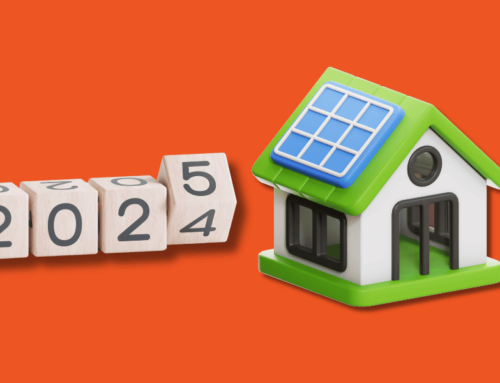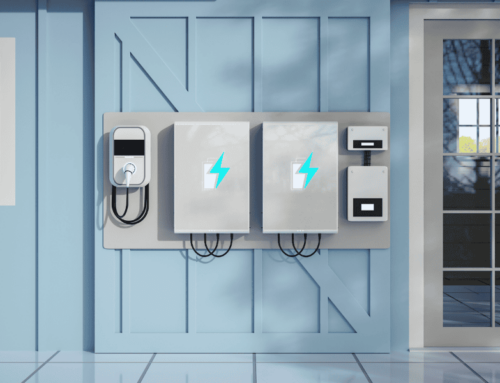By Erick O’Donnell
In any industry, technical obstacles are bound to pop up, making it harder to get the greatest possible use out of the technology in question. What’s great about working in an innovative industry like solar energy is that whenever we find ourselves confronted with such an obstacle, science is often there to shine a light on the likely path around it.
One such obstacle concerns energy storage for rooftop solar power, a potentially useful technology that is, unfortunately, financially impractical for most homes. In theory, given the unreliability of the prices that utilities offer for surplus power, a battery could ensure a household derives the greatest possible benefit from its solar system. In practice, the cost of a battery tends to overshadow its benefits.
A major reason for this is the limited supply of the crucial substance needed for making batteries: lithium. Battery manufacturers simply don’t have enough of the metal to match the country’s ambitious renewable-energy goals, and as a result, it’s hard to make and sell batteries at a price that would make it cost-effective for homeowners.
Science could hold the key to unlocking a reliable new supply of lithium, fundamentally shifting the economics of renewable energy in favor of home battery storage. Later this year, the Department of Energy will award grants to companies to develop new methods of extracting lithium from the briny waters of natural hot springs. Current methods are inefficient and expensive, making it economically unfeasible to extract lithium even from places with an abundant concentration of lithium, most notably California’s Salton Sea.
If a grant recipient can find a more efficient process for converting dissolved salts into battery-ready minerals, the resulting increase in battery supply could make energy storage feasible for the average family. If a household can simply store its own surplus energy for use later, it could derive the greatest possible degree of financial and practical
benefit from its solar system without relying on the utility to pay a good price for the excess power. A battery could be connected to an existing solar system or bundled with a new one, making a good deal even better.
Science can sometimes enable progress in problem areas one might assume to be mainly economic rather than scientific. Such is the case with financing for home solar systems, which, like financing for homes and cars, relies on a traditional credit score to determine creditworthiness. This metric is important for ensuring the stability of the renewable-energy industry, but it leaves some people unable to participate in the solar revolution.
A research paper by scientists at MIT and Stanford shows how computer science can more reliably predict a borrower’s ability to repay and, hence, potentially enable companies like SUNSOLAR Solutions to install more solar panels in lower-income neighborhoods. Using machine-learning software and data from a credit-reporting agency, the researchers found they could predict whether people pay their utility bills (a good proxy measure for solar loan repayment) more accurately than with just a FICO score.
This study raises the possibility that we could, using cutting-edge computer
science, expand financial access and thereby enable more people to join the solar revolution. With machine-learning programs like ChatGPT and AlphaZero regularly making spectacular achievements, who knows what we could do as computer technology evolves?
No one knows what the future will bring, and for the time being, these possibilities are still tentative. But whether these ideas pan out or not, you can dramatically increase your family’s financial and energy security by equipping your home with a solar energy system.
Have any questions? Contact us at SUNSOLAR SOLUTIONS today!








